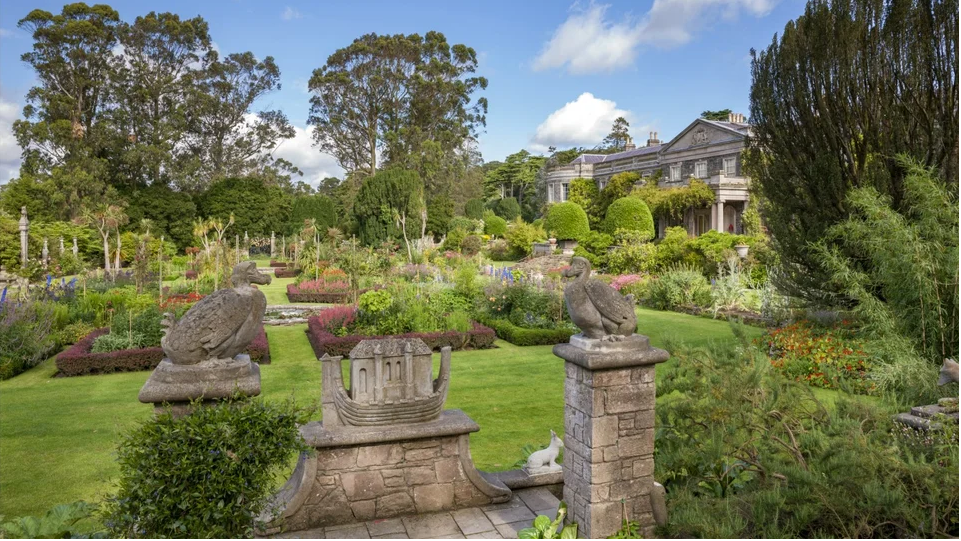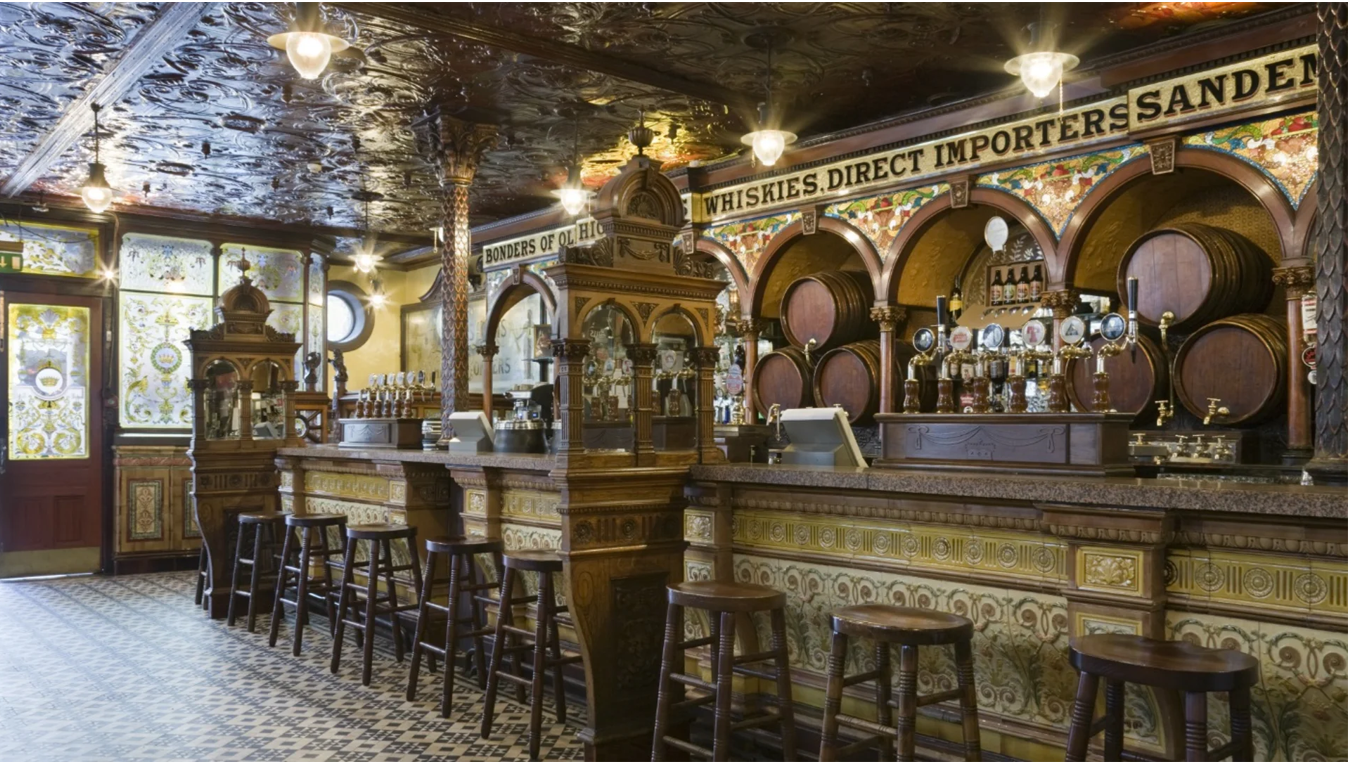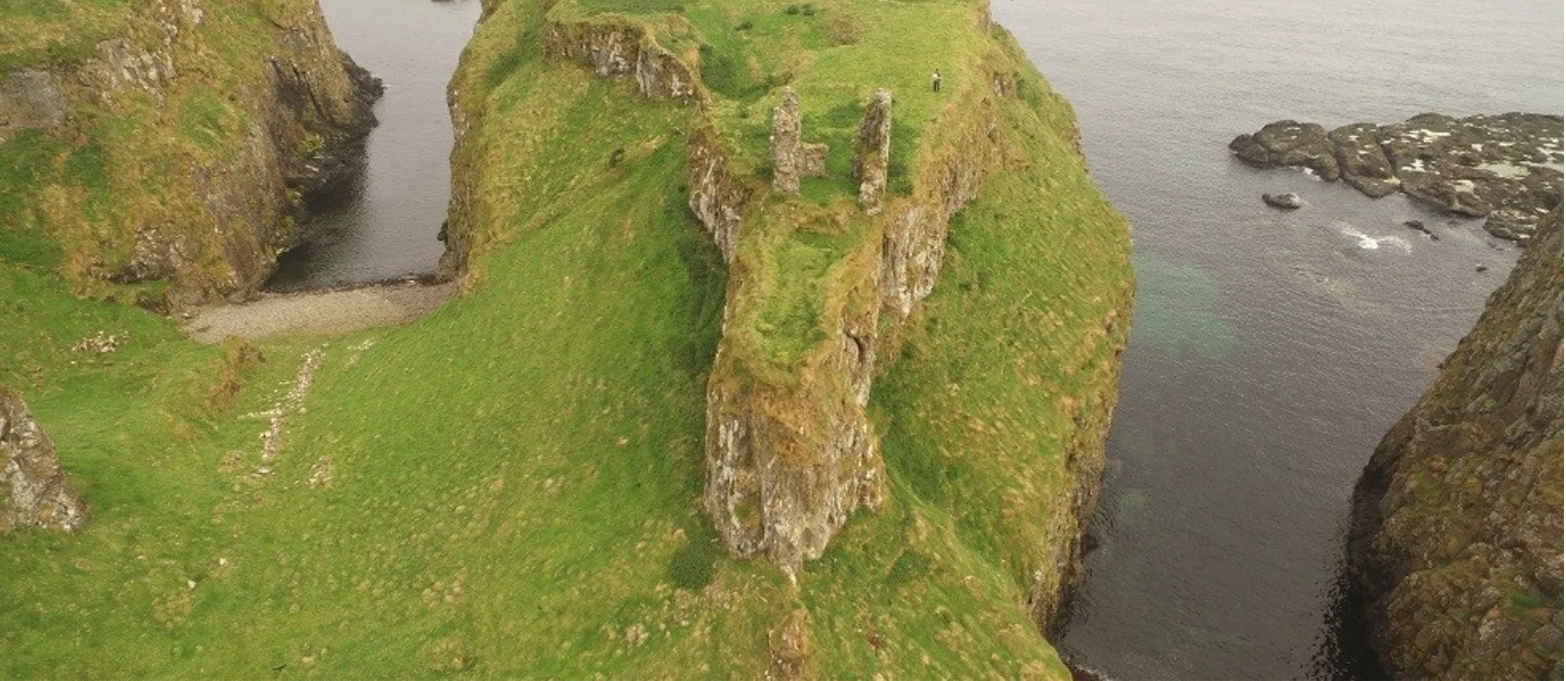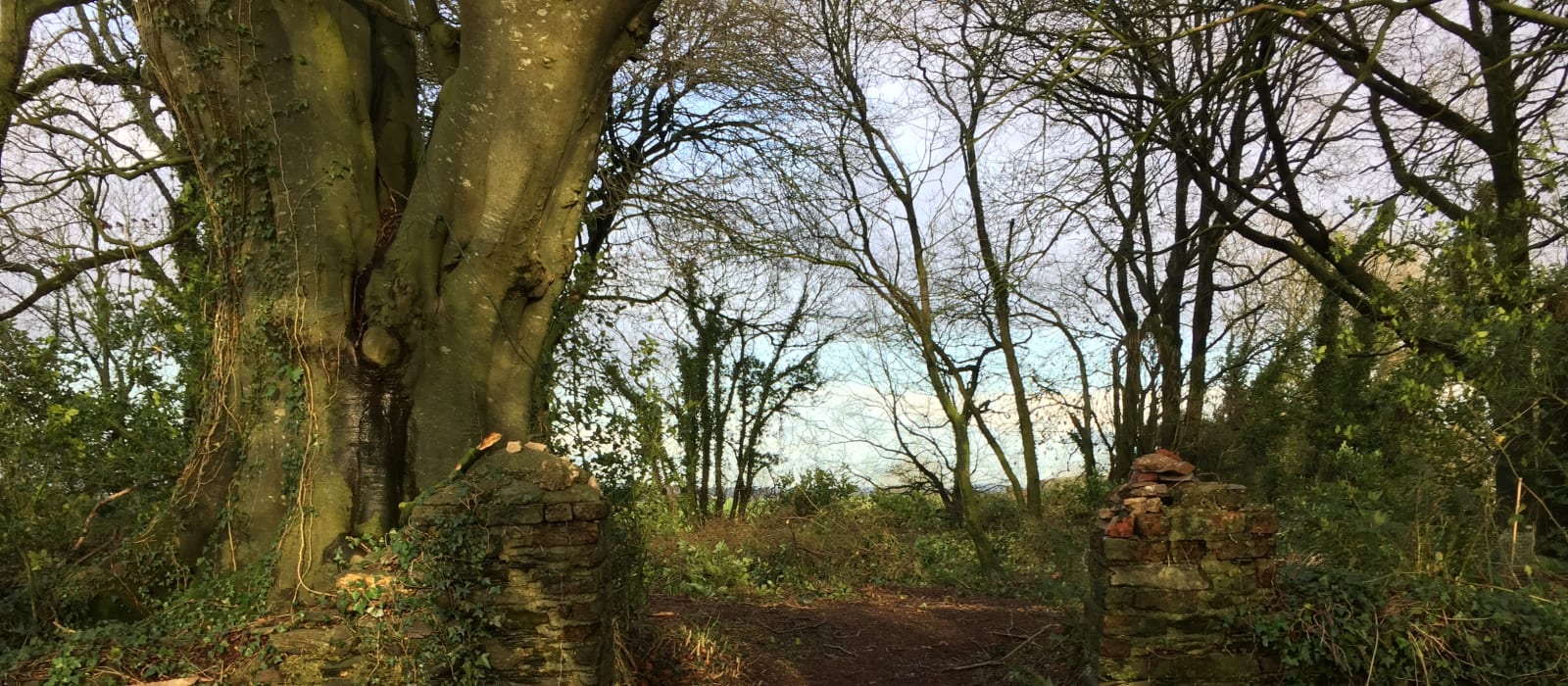6 Heritage Sites in Ireland to celebrate St Patrick’s Day
St. Patrick’s Day – originally a religious celebration has now evolved into a North American celebration of Irish culture with parades, food, Irish dancers, and everything green. However, if you’re feeling a bit bogged down in the sea of green, consider the National Trust membership perks and travel to our INTO (International National Trust Organization) partner heritage sites in Ireland. Here are six National Trust sites that will immerse you in Irish culture and history.
Mount Stewart

The Italian Garden at Mount Stewart, County Down | National Trust UK
In County Down, Northern Ireland, Mount Stewart was called ‘home’ by the Londonderry family and Stewart family for about 250 years. The Neo-classical home impresses visitors with its bold and detailed interiors and extensive art collection, including a stunning portrait of the great racehorse Hambletonian, by artist George Stubbs. The grand painting is a part of the large collection at Mount Stewart, open to the public. Mount Stewart flourishes during spring and summer, with Lady Londonderry’s “world-class” gardens, lush farmland, orchards, and woodlands. As a perfect example of Irish demesne, Mount Stewart demonstrates the value and importance of heritage conservation. The National Trust works to preserve the land as it was historically used when providing for the household, in addition to protecting diverse landscapes and wildlife populations, including the native Red Squirrel.
The Crown Bar

The Crown Bar, Great Victoria Street, Belfast, Ireland | National Trust UK
Originally a Victorian gin palace, the Crown Liquor Saloon, also named The Crown Bar, is a pub goer’s dream. Dating back to 1826, the most iconic pub in Belfast stuns visitors with its ornate interior featuring detailed tiling, colourful stained glass, and period gas lighting. Impressive details cover every bit of the pub’s interior and exterior, so cozy up in a snug (private seating area) and see what you can discover!
Giant’s Causeway

Causeway Coast, Northern Ireland | National Trust UK
Visit the legendary Giant’s Causeway, where the dramatic cliffs, roaring seas and iconic stones meet in one stunning landscape. As Northern Ireland’s only UNESCO World Heritage Site, the Giant’s Causeway possesses significant cultural meaning such as the legend of Finn McCool. Legend tells us, the Giant’s Causeway was built and destroyed during the battle between two giants, the Irish Finn McCool and the Scottish Benandonner. The Giant’s Causeway continues to inspire the world with its unique natural beauty including the 40,000 interlocking basalt columns and stunning vistas, making it a quintessential Irish and global destination.
Dunserverick Castle

The ancient royal site of Dunseverick Castle, Northern Ireland | National Trust UK
You might be needing a windbreaker when you visit the ruins of Dunseverick Castle located on the Causeway Cliff Path. Dunseverick Castle mound is the ancient royal site of Dál Riada, a Gaelic Kingdom from the 5th century AD. Saint Patrick himself is recorded to have visited the castle and baptized a local man, named Olcán, who later became the Bishop of Ireland. In 1962, a local farmer and landowner gifted the castle to The National Trust. Dunserverick Castle and its earthworks are also recorded under Dun Sobhairce in the Irish Annals and considered Scheduled Historic Monuments.
Corlican Graveyard, Co. Wexford

Corlican Graveyard, Co. Wexford |An Taisce – National Trust for Ireland
Set amongst the bountiful wooded lands of Wexford, the Corlican Graveyard was originally constructed as a ringfort in the Early Medieval Period, between the 7th and 9th centuries. Three Cromwellian soldiers founded a community of Quakers in the area in 1657, and they adapted the site into a burial ground, adding a gate, wall and sentinel tree. Burials continued here from 1659 to 1953 including the wife and children of Thomas Holme, who was instrumental in the American Quaker settlement of Philadelphia . With links to the Gaelic settlement, the Cromwellian period, and the Quakers, the multi-use of these grounds adds an interesting layering of architectural and historical elements, making this a unique heritage site.
Kanturk Castle, Co. Cork

Kanturk Castle, Co. Cork | An Taisce – National Trust for Ireland
Explore Irish history by stepping into a 16th-century fortified house built for MacDonogh MacCarthy, Lord of Duhallow. Located just beyond the town of Kanturk, the unfinished castle stands to reflect the complex history of Ireland. History is unclear as to why the castle went unfinished with two competing tales. The first is that MacCarthy simply ran out of funds, and the second is that the English were suspicious of the castle’s purpose and ordered the work to cease. This four storey building is an interesting combination of the traditional Irish tower-house architecture with pointed arches and the new Tudor architecture with Renaissance doorways and mullioned windows. The castle has changed hands many times through history, but was never further developed.
Explore 1000+ National Trust properties around the globe by showing your National Trust for Canada member card and receive *free or discounted entry at sites operated by partner organizations. The International National Trusts Organization’s INTO Places program features special places from England to Zimbabwe. From castles and inns, to ranches and landscapes, these are places you won’t want to miss. Visit INTO.org/Places to discover all the participating countries.



